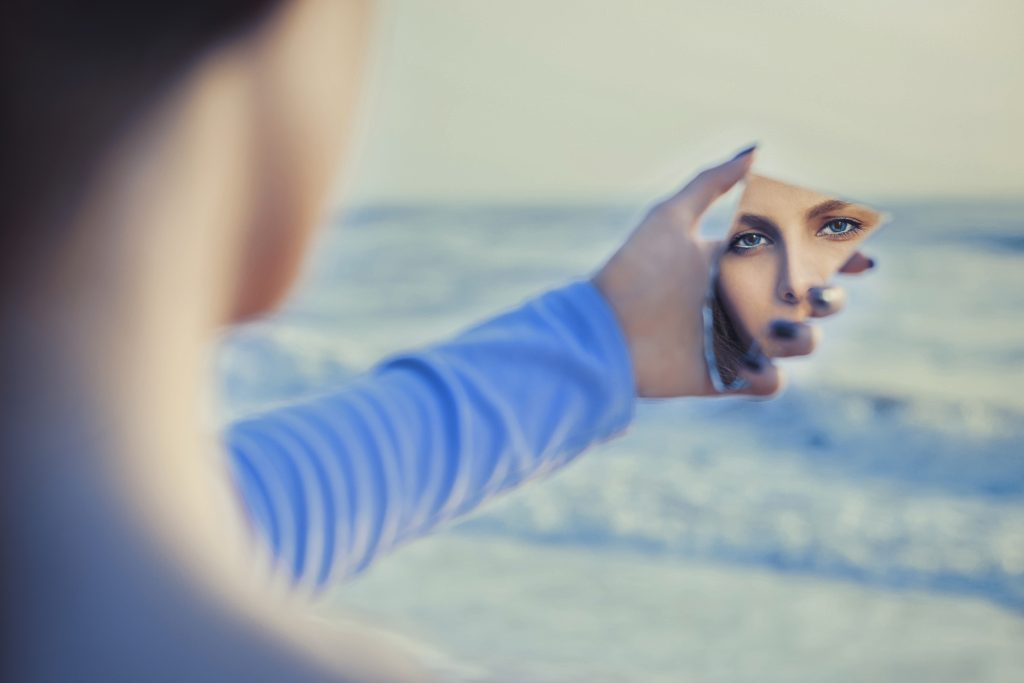How do you see yourself in the mirror? Find out what self-image distortion is
Body Dysmorphic Disorder, also referred to as self-image distortion, affects a population of more than 4 million people in Brazil alone. The prevalence of this disorder has experienced a notable increase, attributed in part to the spread of unreal bodies represented through the use of filters on social media platforms.
When we confront our image in the mirror, we are not only faced with the physical manifestation, but also with the representation we create of ourselves. However, this reflection often does not accurately translate reality; it is, in fact, an intricate construct influenced by a variety of factors. This phenomenon, known as self-image distortion, transcends the simple perception of reflection, being a mixture of past experiences, social expectations, cultural pressures, the desire for perfect bodies like those seen on social media and, even, personal traumas that shape our self-perception. .
In this condition, the person begins to have an obsessive focus on characteristics considered inappropriate for their appearance. Consequently, you lose the ability to realistically recognize the real shape and beauty of your body, for example.
It is increasingly common in medical offices to see young patients who use photos and videos taken from the internet as an aesthetic reference, especially when it comes to weight loss. Today’s society, with its emphasis on appearance and incessant comparison on social media, contributes to the intensification of this distortion, leading many to pursue an idealized and often unattainable image. As a reflection of this image distortion, we can observe an increase in cases of depression, anxiety disorders, eating disorders and compulsive behaviors.
How to change optics
Recognizing the presence of self-image distortion is the first step to cultivating a healthier relationship with yourself. This involves questioning internalized negative messages, challenging imposed norms and practicing self-acceptance. The journey towards a more realistic and positive self-image involves an ongoing process of reflection, self-care and compassion towards yourself.
By understanding that the image reflected in the mirror goes beyond the sum of its physical parts, we are able to cultivate a more authentic appreciation of who we are. True beauty lies in the uniqueness of each individual, in the personal journey that sculpts the person reflected in the mirror.
Therefore, as we look in the mirror, may we not only contemplate our physical appearance, but also recognize the complexity of our journey and the unique beauty that lies in our imperfections. In a world that often dictates how we should see ourselves, discovering the true image of ourselves is an act of resistance and self-love.


